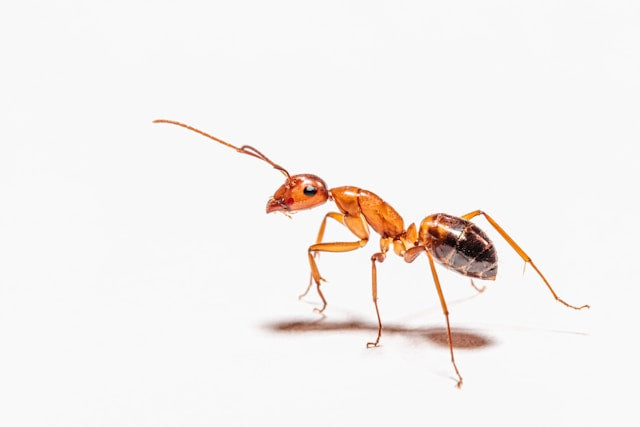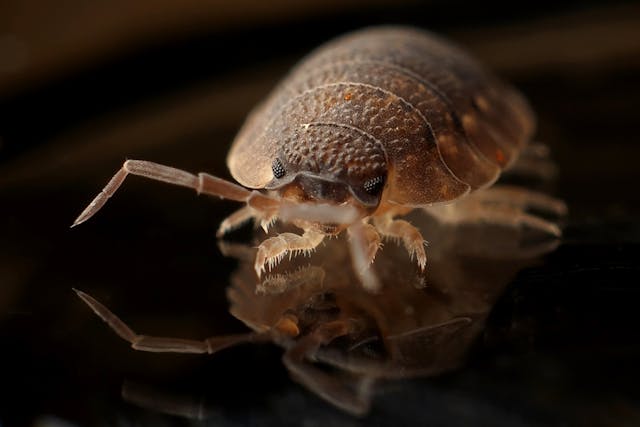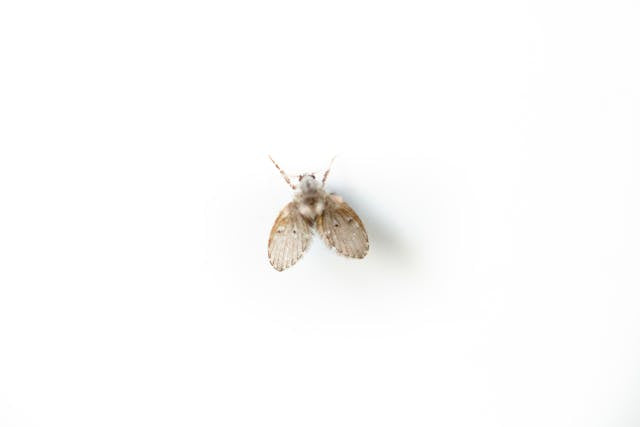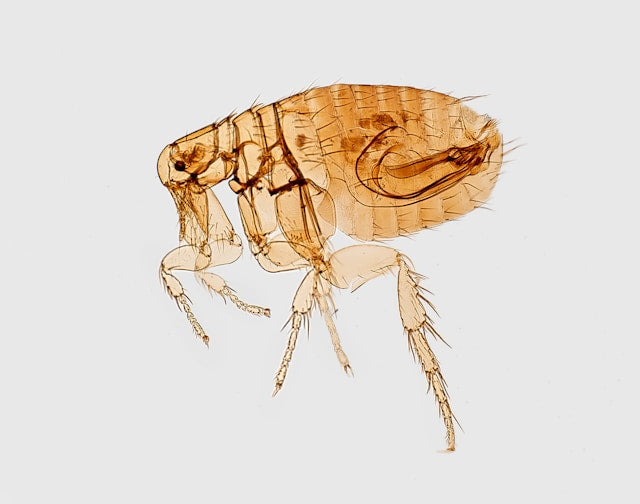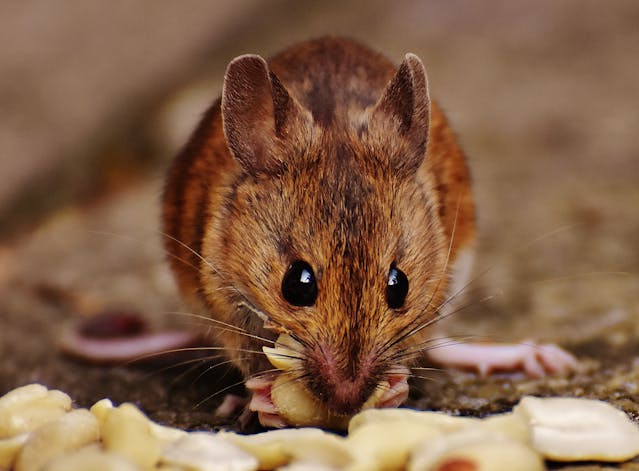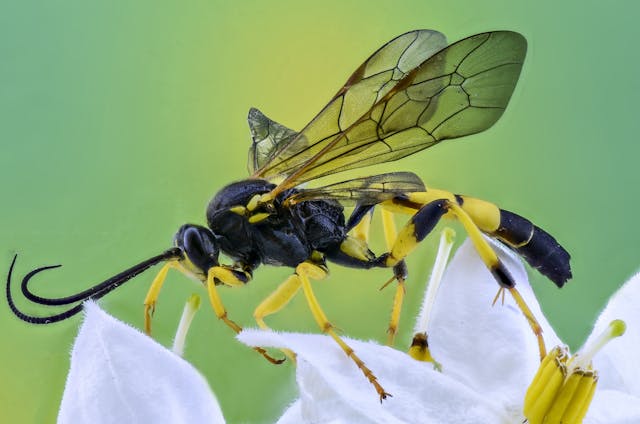Your Cart is Empty
Free standard shipping on all orders shipped in the U.S.
-
mobile- Pest Control
- Ants
- Bed Bugs
- Carpet Beetles
- Drain Flies
- Fleas
- Flies
- Fruit Flies
- Ladybugs
- Termites
- Ticks
- Mosquitoes
- Pantry Pests
- Roaches
- Rodents
- Scorpions
- Silverfish
- Spiders
- Stink Bugs
- Wasp | Hornets | Yellow Jackets
- Aerosol Sprays
- IGR (Insect Growth Regulator)
- Insecticide Concentrates
- Insecticide Granules
- Insecticide Dusts
- Fogging
- Lawn & Garden
- Guides
- Blog
- Contact Us
- 2132939783
- Login


